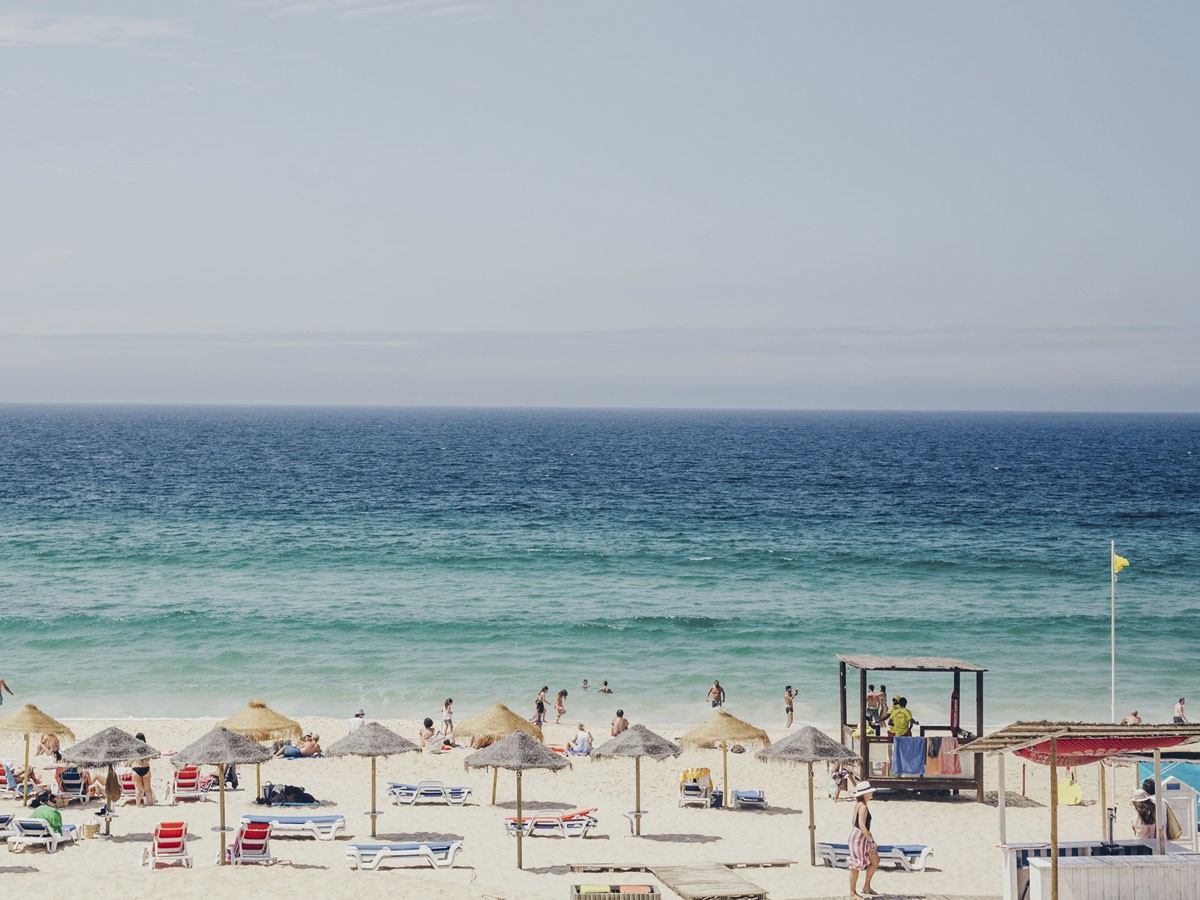Évora: Gallery
Evora, capital of Alto Alentejo, city of an outstanding beauty, embraced by its fortress walls, filled with historic memories in each street, each home, each inhabitant…Its squares and monuments tell us national history, religion and culture episodes and its townsfolk are proud of both past and present times.
The natural beauty of this region combines with the monumental richness of this town-museum that nowadays is also a modern and touristy city, classified by UNESCO, since 1986, World Heritage. Inhabited since the Neolithic period, the archaeological landscape that surrounds the city presents important monuments, such as the Cromeleque dos Almendres (cromlech) and the Anta Grande do Zambujeiro (dolmen). Many were the ancient people that have been here, but the Romans were those who transformed Evora into an imperial town. They called it Ebora, named after Julio Cesar as Liberalitas Julia, and left several signs of their passage, from which the Roman temple, known improperly as “Templo de Diana”, stands out.
In 715 AD, the city was conquered by the Arabs but there are only a few archaeological pieces of evidence of that time. In 1165, Giraldo Sem Pavor (Fearless Giraldo), on a sudden incursion, took the city from the Moor, and that event was printed on the city coat-of-arms. The importance of Evora is undeniable along the centuries: during the Avis Dynasty (1385-1580) the city became the chosen place of the court, which settled here frequently, to the detriment of Lisbon or Coimbra. Cardinal King D. Henrique founded, in 1551, the Colégio do Espírito Santo (Holy Spirit College), which became the Evora University in 1559, when it received Rome’s approval.
In 1759 it was closed by order of Marquês de Pombal, on the Jesuits expulsion, reopening again in 1973. As a reaction to the Filipes’ dynasty domination, Evora became a battles’ stage for the national independence. But after the throne was reclaimed, the court turned away from the city. Since the XX century, one can notice a rousing will to recover from the wasted time, restore the monuments and embellish the city. The historic center of Évora, as a monumental ensemble of great historic and cultural value, was classified by UNESCO, in 1986, World Heritage.






